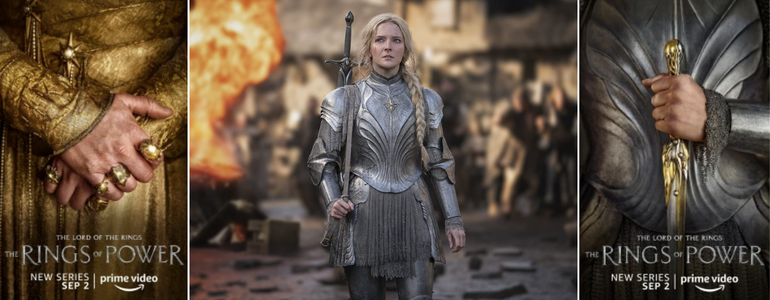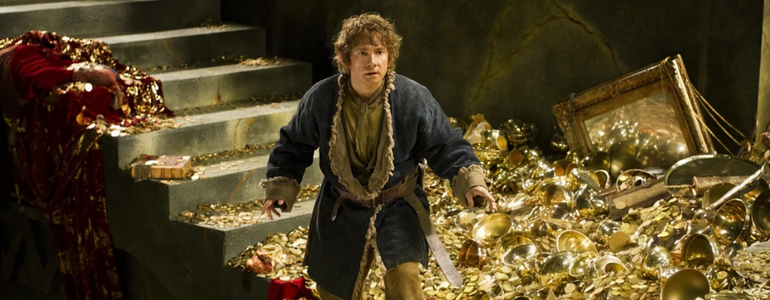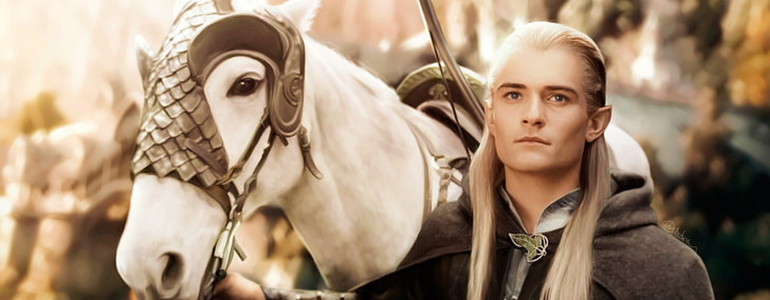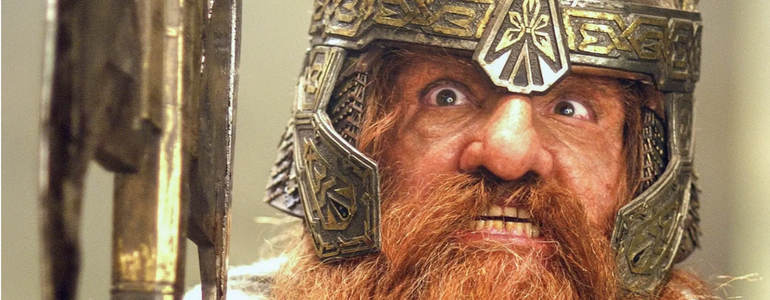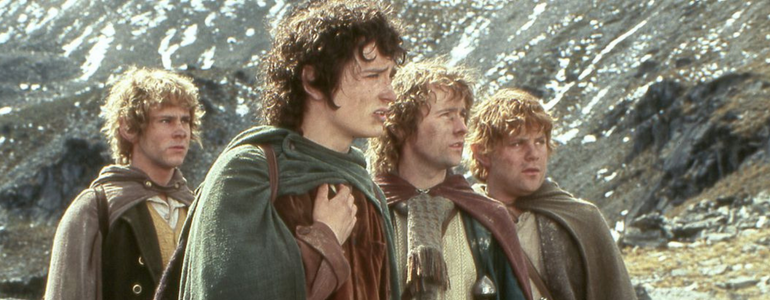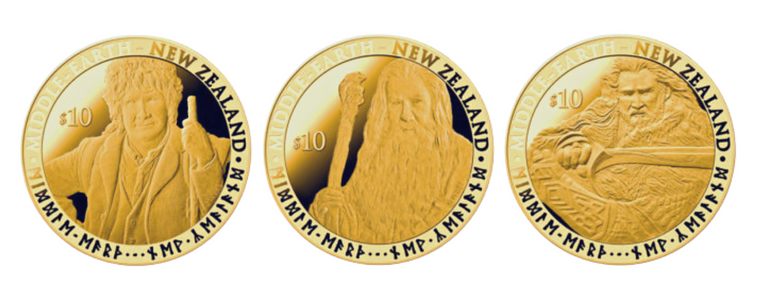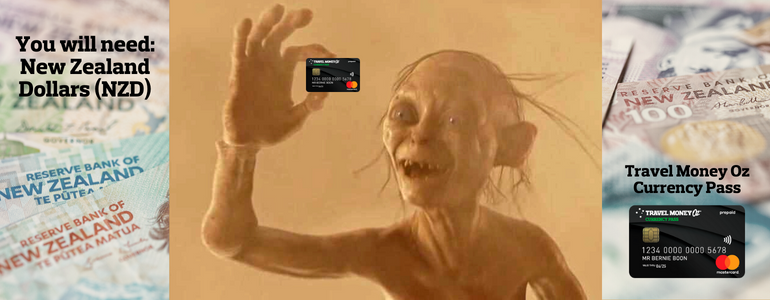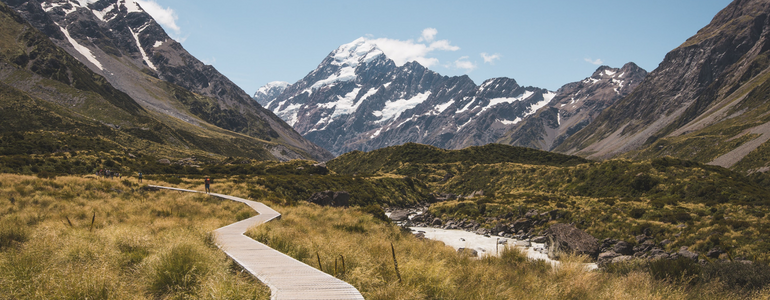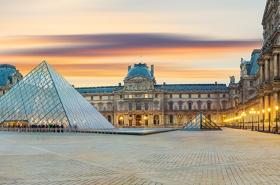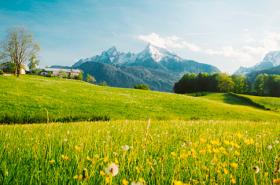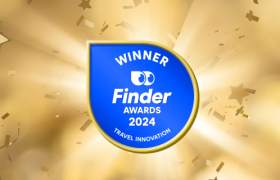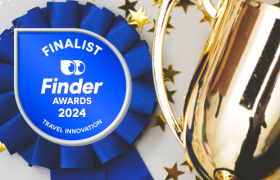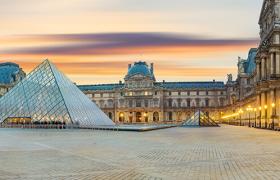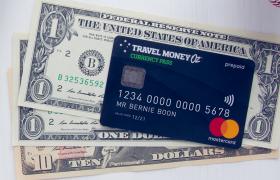Before we begin...
Listen, I just wanted to preface this with the fact that I’m no die-hard Tolkien aficionado.
Now don’t get me wrong - I think he’s brilliant beyond measure and his imagination almost unparalleled. But you should just know that I’m an amateur. My relationship with LOTR lore is more of a casual fling than passionate love affair.
And truthfully? I hadn’t really thought twice about Lord of the Rings until my partner decided we should cover every square inch of Tolkien’s Middle-earth ever documented in cinema before the new Rings of Power series came out.
In “crispy 4K - actually, technically it’s 4K Ultra HD.” Extended edition, of course.
Personally… I’m of the belief that 15 disks for three movies might be a little excessive. The idea that I’ll have to endure a marathon of 222+223+263 minutes for the LOTR series, then another 532 minutes for the Hobbit, has me just about ready to throw myself into the fiery pits of Mount Doom.
But the thing is, the new billion-dollar series does look… well, exceptional.
And I do love burrowing deep into a rabbit (dare I say hobbit) hole.
So, I figured if I’m going to embark upon this quest, then I should go all in.
And now you have it – a breakdown of everything money in Middle-earth.

